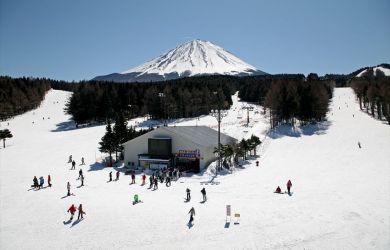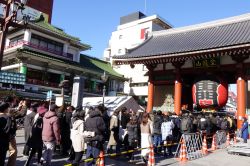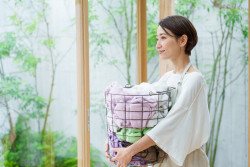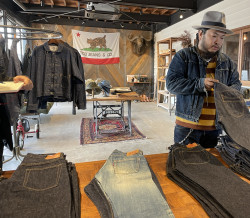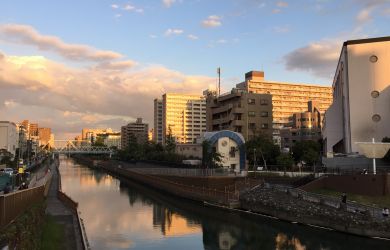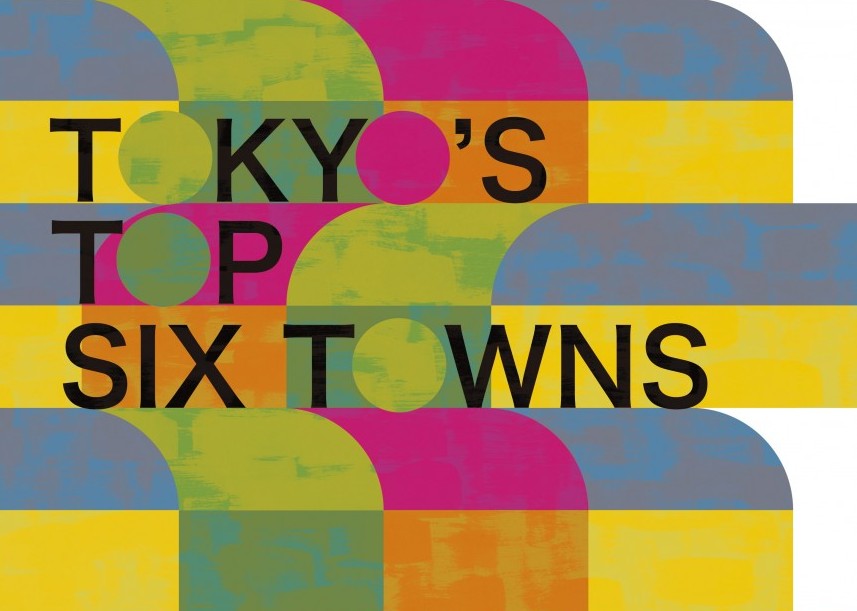
October 26, 2018
Tokyo’s Top Six Towns
Metropolis chooses its favorite neighborhoods in the city
By Metropolis
Tokyo’s a big old town. 23 wards, numerous special wards and cities and a shedload of islands. Many publications have posited their coolest, under-the-radar areas, often coming up with ludicrous locations such as Shimokitazawa or Akihabara (neither cool nor under-the-radar). Monocle magazine, much-loved in the Metropolis office, publishes its annual top 25 cities in the world in which the Big Mikan often appears in the top three with Kyoto and Fukuoka completing the Japanese entries. This year Tokyo came in at number two behind Munich with Kyoto at 17 and Fukuoka at 22. Monocle writes:
“Even if the food, retail, transport and all-round efficiency weren’t first-rate, Tokyo would still deserve to be celebrated for showing that big cities don’t have to be harsh and impersonal. In a globally connected world Tokyo is a reminder that real life is lived in the streets, schools and shops that make up a neighbourhood. Here’s to the triumph of decency.”
Here at Metropolis Towers we polled our editorial staff about their favorite places in Tokyo — be it for travel, sightseeing, work or living. You may not like or agree with the results but that’s just tough titty. If you have your own personal favorites be sure to get in touch with us or hit us up on Twitter, Facebook or Instagram. We might well rethink our choices for next year’s poll.
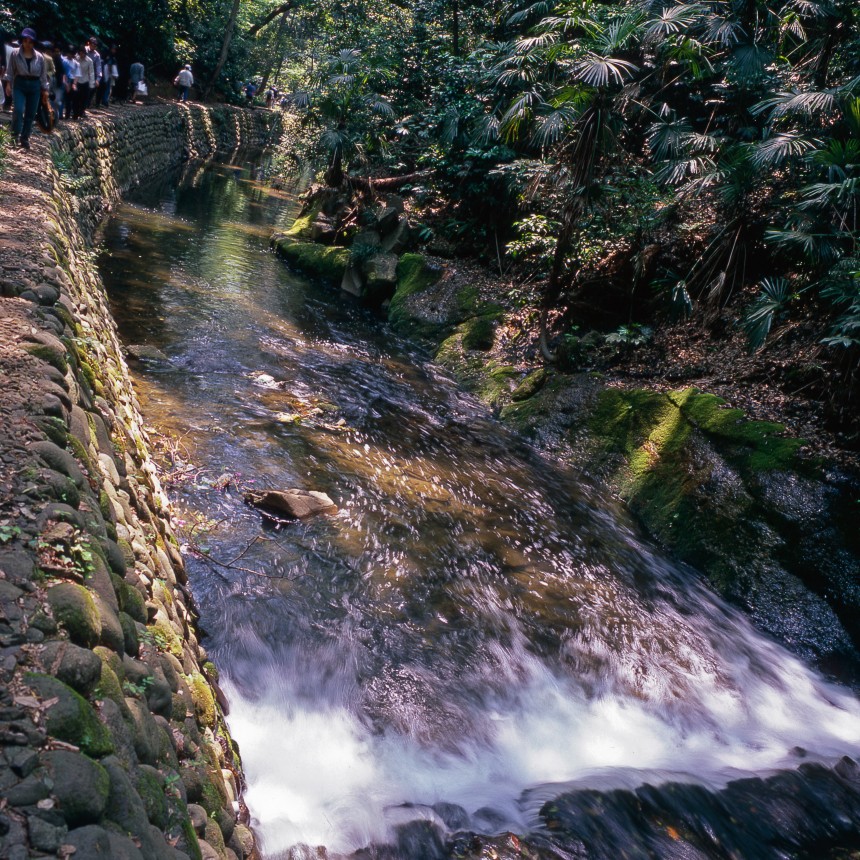
6: Todoroki
In the 23 wards holding over 9 million people in Tokyo, there are many unassuming and unsurprising neighborhoods. Others are the opposite, the centers of social life in the city, bustling with endless varieties of bars, restaurants, shops and other paraphernalia. Then there are those that have a stand-out feature, like a river or a park — but none, except Todoroki, has a ravine park.
Todoroki is a strange place. It is a typical Tokyo neighborhood as described above — unassuming, unsurprising. One could not say it is vibrant or quirky. It feels like a cut-out textbook example of a normal neighborhood, at street level. Just a few steps below this mundanity is a forested, almost ethereal ravine. The sounds of the street are blocked out by the thick brush and replaced by a symphony of natural sounds and smells. The climate here is more like a jungle, the air thick with moisture and cool, a slow breeze seemingly consistent in its companionship of the river.
A path follows the river at the bottom of the ravine for about one kilometer. Available detours include Todoroki Fudo (a Buddhist temple) and a small but dense bamboo forest. Straddling the river and path are various shrines, occasional benches and old structures which have come to look like part of the forest here. It is a lovely stroll you will most likely spend in awe of the dramatic shifts in environment you’ve encountered. You must climb out of the ravine to reach Todoroki Ravine Park at the end — a small and unchallenging ritual that nevertheless leaves you feeling like you’ve emerged from a perfect bubble of peace and tranquility.
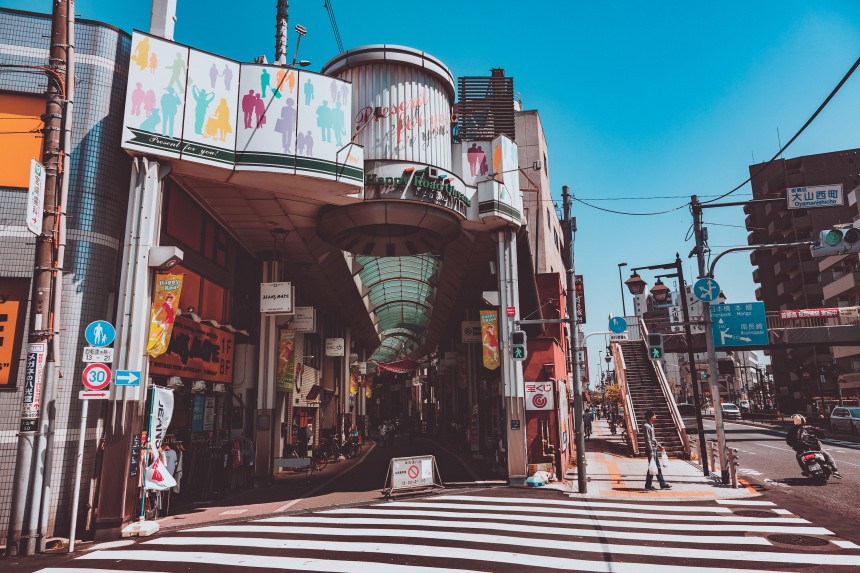
5: Oyama and Itabashi
Though Aoyama residents may turn their noses up at an Itabashi postcode, the green ward in the north of Tokyo is a beloved place to live and an inviting location to wander. Emblematic of Itabashi’s Showa-chic vibe is Oyama and its charming shotengai (covered shopping street) Happy Road. With around 200 shops and restaurants that are mostly family owned, you can shop to your heart’s content for low prices, surrounded by the friendliness and authenticity that much of Tokyo lacks. There is a real community feel along the aptly named Happy Road, with frequent festivals organized by residents in the arcade and even its own idol Cutey Pai who wears a bright red dress covered in hearts and promotes Happy Road’s campaign for fresh local produce. Itabashi ward is also home to Tokyo’s only Big Buddha at Jorenji Temple, Akatsuka, the grounds of which encompass Akatsuka Botanical Garden and Akatsuka Joshi Park. Every August, Itabashi’s community spirit is manifested when residents and visitors gather along the Arakawa river to watch the Itabashi Fireworks Display, one of the largest in Japan, lasting 90 minutes and using over 12,000 fireworks. Be quick if you want to move in: estate agents are catching on to Itabashi’s charms and rents are rising in the once cheap ward.
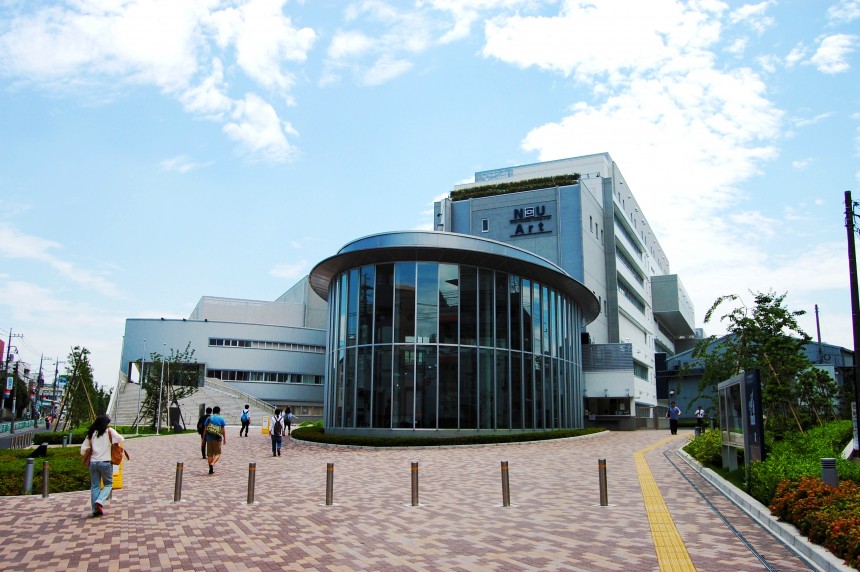
4: Ekoda
A few stops away from the hideous behemoth that is Ikebukuro, Ekoda, in Nerima ward, is a charming wee college town with a ton of eateries, bookstores, cafes and retail options. It’s home to a couple of higher education establishments —Musashi University and the Nihon University of Art, which gives the area a slightly bohemian and artsy atmosphere. It’s also home to the legend that is Shamaim. The Israeli restaurant in the capital city. With regular queues out of the door and outrageously good food and drink, make this your go to for falafel, kebabs, hummus and so on. It’s so much better than its rivals in Tokyo. Trust us, your local joint that everyone loves has nothing on Shamaim. Ekoda also plays host to some cute record and book stores, some quaint bars and restaurants which all make for some decent after-dark fun. Situated on the Seibu Ikebukuro and Oedo lines there’s no excuse for not trying it out. It’s miles better than the tourist wasteland of Shimokitazawa and the faux sophistication of Daikanyama and because it is genuinely off-the-beaten track you don’t have to put up with pretentious hipsters or noisy and annoying tourists.
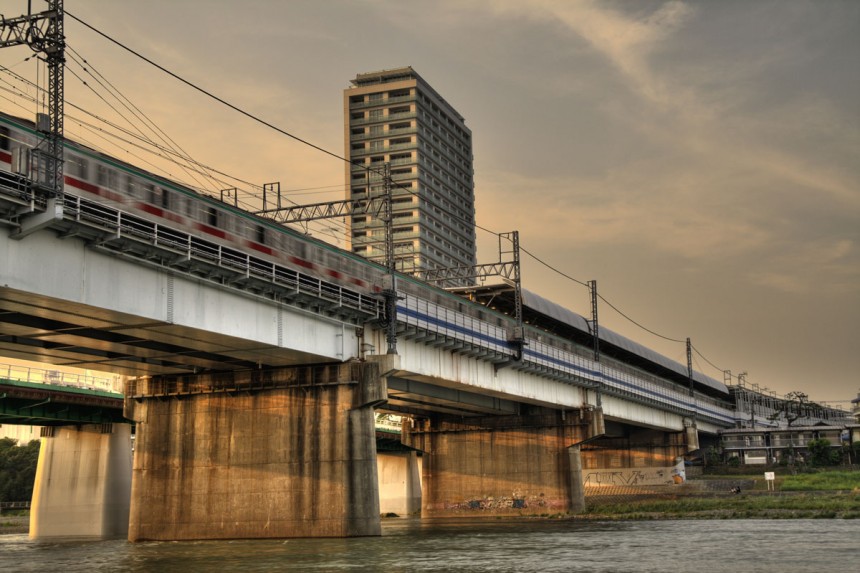
3: Futako Tamagawa
Futako Tamagawa, accessible through the Den-en-Toshi Line, holds a somewhat Yokohama-esque charm to it. Home to Rakuten’s global headquarters, the area immediately surrounding the station is made up of wide sidewalks and spacious plazas, shops and malls, offering the same variety of restaurants and clothing stores you would expect at any city center, but a walk beyond the immediate consumer trappings reveals more local and quaint options. It’s no coffee mecca, but the variety of coffee shops and cafes will not leave you wanting.
At the end of the day, Futako Tamagawa’s true charm lies at the edge of the Tamagawa River. An ideal outing would begin with a stroll to whichever coffee shop or cafe appeals to you, ordered for takeout. Head straight to the river or take a detour, walking along the bridge that crosses into Kawasaki. Those who enjoy people watching in particular will have plenty of eye-candy: young couples (instinctively drawn to the riverside of Japan), families and children playing unknown games with rules you can try your best to decipher and the occasional old man fishing (and dressed as though he’s doing so deep in the Alaskan wilderness). With wide grassy banks and small parks, you’re guaranteed to feel a sense of family life and community upon arrival. The water level does rise, but typically you can walk right up to the high-tide riverbed. The lack of high-rise buildings adds to the effect here — the low horizon across the river gives you a wide open sky that’s usually accompanied by striking sunsets.
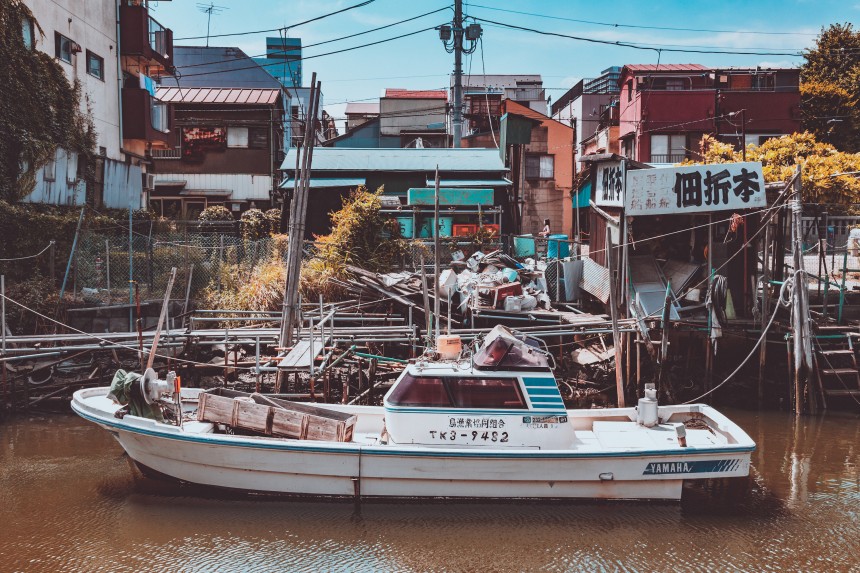
2: Tsukishima/Tsukuda
Located on the banks of the Sumida River, Tsukishima and Tsukuda are geographical neighbors separated by a simple road. Tsukishima (literally “moon island”) is the birthplace of monjayaki — a horrible looking but super tasty pan-fried batter usually mixed with cabbage and other ingredients including seafood, pork and cheese. It distinguishes itself from okonomiyaki with its runny consistency due to the addition of fish broth. Unsurprisingly then, Tsukishima is home to Monja Town where visitors can wander aimlessly and choose among the dozens of monjayaki joints that line the main road. It’s old school and charming but the real gem in this area of Tokyo is Tsukuda. You could be forgiven for thinking you are on an island in southern Japan when strolling round this tiny landfill full of pockets of hidden gems. It’s historical, traditional and so tranquil it needs to be seen to be believed. It plays host to the renowned and gorgeous Sumiyoshi Shrine, some cracking tsukudani (a salty, sweet preserve of ingredients such as fish, shrimp, shellfish and seaweed which have been simmered in soy sauce, mirin, sugar and salt) restaurants and some natty confectionery and liquor stores. There are even some traditional arts and crafts stores such as Hideyasu Nakajima’s handcrafted chopsticks shop which, apparently, is a favorite of none other than Lady Gaga and the GQ Japan team. And if that it isn’t enough, visitors can retire to the picturesque Tsukuda Park to enjoy a few chu-hais and some ice-cream while the Sumida River ebbs and flows literally a few yards away. It’s a beautiful spot and one of the most endearing locations in the capital city.
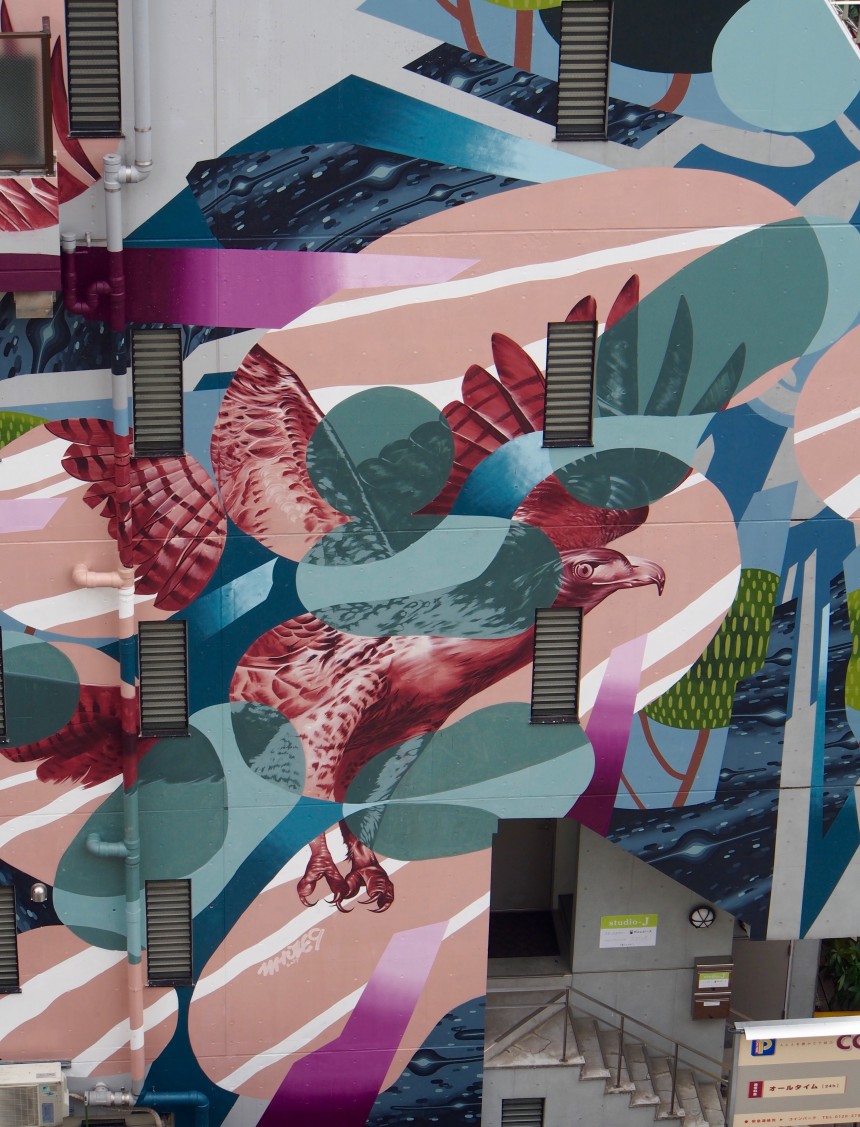
1: Koenji
For the Metropolis number one spot we opted for the glorious Koenji. If you want somewhere that captures the spirit of Tokyo’s 60’s/70’s counterculture lifestyle then look no further. Part of a chain of popular bohemian neighborhoods along the Chuo Line, Koenji has long been the place to be for those with more liberal sensibilities. Sure, its significance may be somewhat diluted these days, and upon exiting the station you may be hard pressed to see what all the fuss is about, but this is a place brimming with great places to eat, drink, shop and indulge in art and music. Thrift stores thrive along the pedestrianized streets; music venues carry on the spirit of its punk past; traditional and contemporary cafes sit alongside the more niche establishments such as anarchist bar Nantoka or an owl cafe; there are book stores, record stores and even a place selling old Star Wars toys. Whatever you’re into there’s a good chance Koenji has it in some form.
Keep an eye out for murals commissioned by the BnA Collective – which along with its first art hotel chose Koenji as a perfect fit for the Mural City Project initiative – including a 20m tall piece by WHOLE9. The beautiful grounds of Mabashi Inari Shrine cater for those with an interest in the deeper historical roots of the area, and those with an eye for more modern structures should take a look at famed architect Sou Fujimoto’s conceptual all-glass apartment building: House NA.
At the end of every October, Koenji hosts its own festival, Koenjifes, where visitors can explore the neighborhood and get involved with a variety of street performances and activities. The main draw however, is Tokyo’s largest and, some would say, best festival: Koenji Awa Odori. For two days at the end of August, up to one million people pack the side streets of the neighborhood as 10,000 dancers make their way down the main drag to a cacophony of bells, drums and flutes, creating an immensely friendly, fun and lively atmosphere.
Unfortunately, there are fears for the future. Suginami-ku seems to be intent on destroying the essence of what makes Koenji desirable for both residents and visitors. Recently they have been clamping down on outside seating in front of the yakitori restaurants that are scattered around the vicinity of the station, but the defiant nature of shop owners has seen them turn the tables by turning these preventative measures into tables and flipping a metaphorical middle finger. A recent rally has also seen residents pull together to voice concerns over a new road that will strike through the heart of the area. People, more often than not, are what make a place, and Koenji is a melting pot with a community that, one would hope, can stand up and hold onto what makes it special.
Honorable Mentions
Kichijoji, which frequently tops the charts for Tokyo’s best places to live, is home to family-friendly Inokashira Park to the south and a densely packed yokocho filled with lively watering holes to the north. Sangenjaya, or Sancha as it’s known to locals, is a patchwork of boutique cafes and quaint little izakaya pubs scattered across messy alleyways, the result of poor city planning during the postwar boom. Odaiba is the place to go for everything big, from its mammoth postmodern-style shopping malls to its towering Gundam statue overlooking the vast Tokyo Bay.
